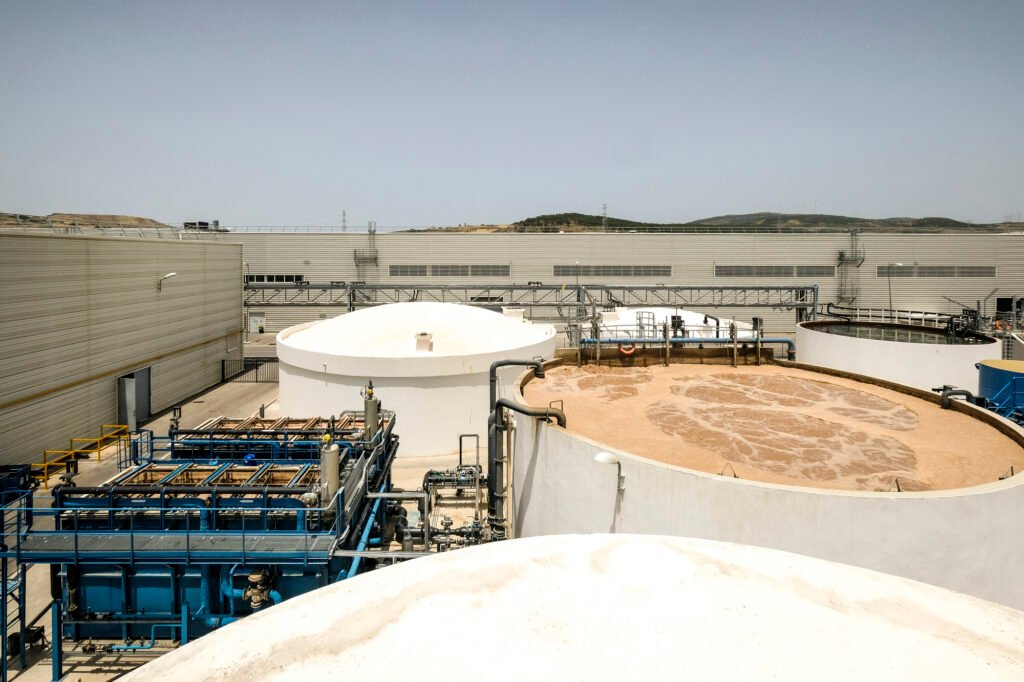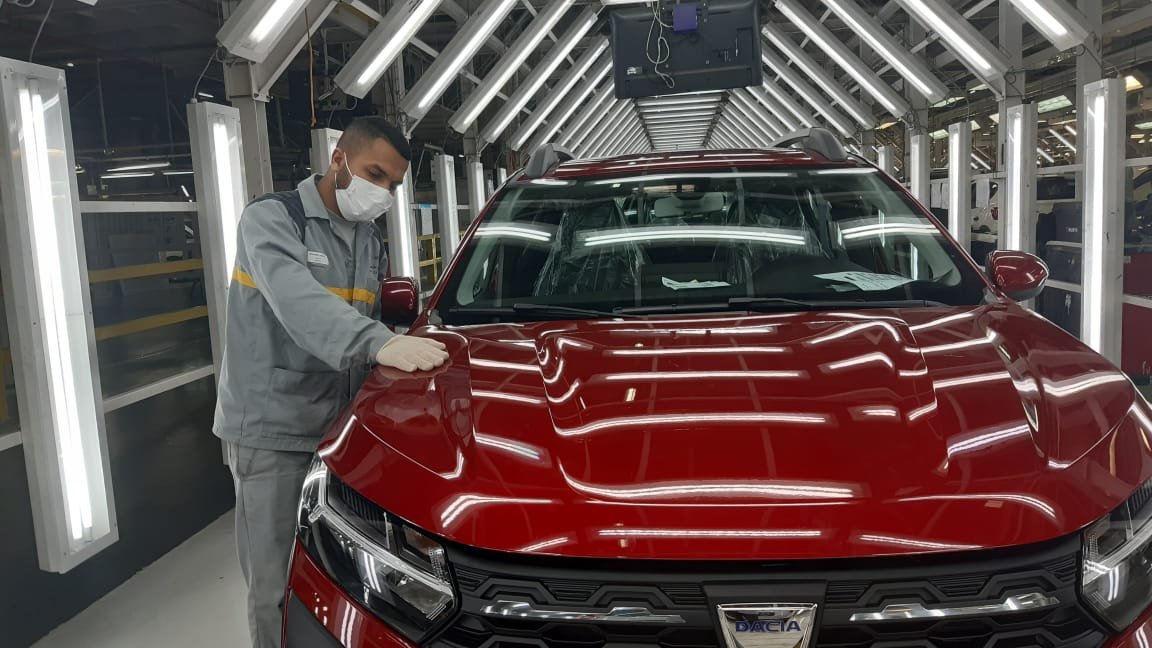Morocco’s innovative use of renewable energy is assisting it in shifting gears and becoming a vehicle manufacturing hotspot.
Renault’s Tangier facility might produce 17,000 of its small Duo electric cars this year. The French automaker’s 10-year-old automobile plant is Africa’s largest, producing nearly a vehicle every minute, the majority of which are for Renault’s low-cost Romanian brand Dacia. The facility, together with a smaller plant in Casablanca, produces 11% of all Renault Group vehicles.

But why Tangier? The factories are extremely near to Europe and Tangier, with cheaper labor costs than rest of Europe, is a short distance from Spain and Renault’s continental consumers. Production at the factory is “semi-automated”, meaning that workers and robots work side by side to make up to 340,000 Renault Group cars a year. Currently auto sector employs more than 220,000 people.

Renault’s Twizy – a car so small that it was classified as a quadricycle, will be the first electric car manufactured in Morocco, a country that has purposefully aimed its industrial policy in recent years toward blending investment in renewable energy with its objective of strengthening its auto-making sector (Citroen-maker Stellantis also manufactures here). Morocco’s early investment in renewables has improved its energy security while lowering prices.

The Moroccan government is also in negotiations with major electric car battery manufacturers about establishing a facility in Morocco, which also has cobalt reserves, a rare-earth metal essential in such batteries. Combining battery and automobile manufacturing might place the country among Chile and Australia in the group of countries benefiting from the transition away from oil and gas.
This is a businesswire Feed; fake checked and edited by Clean-Future Team






